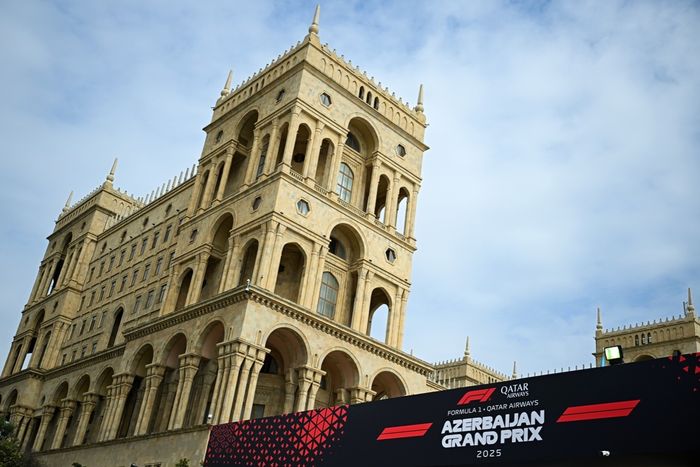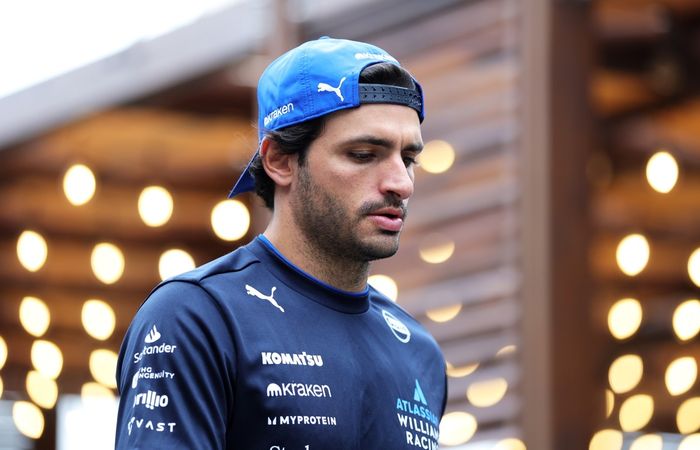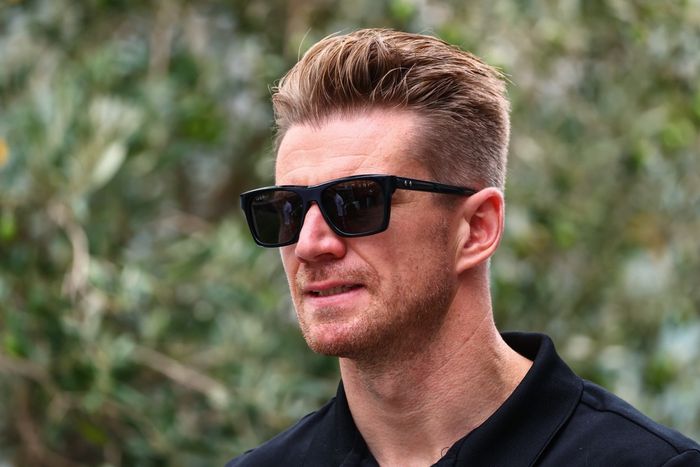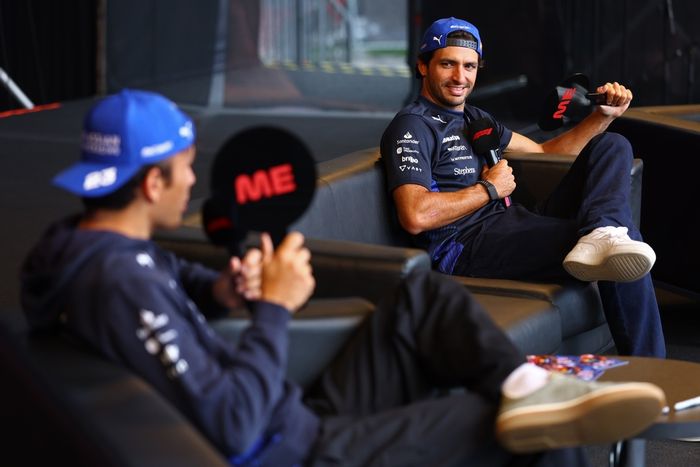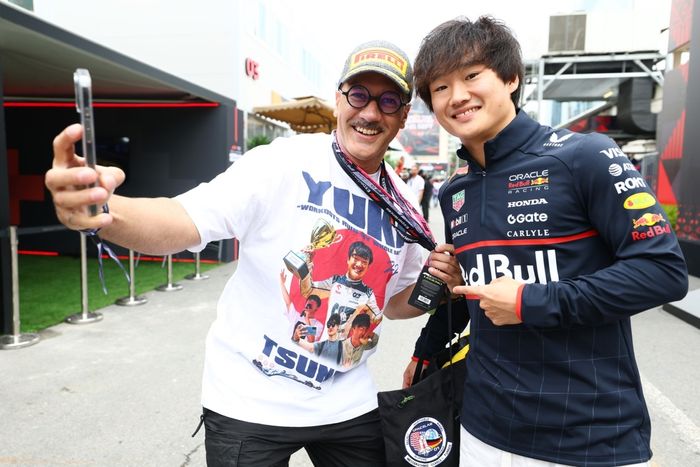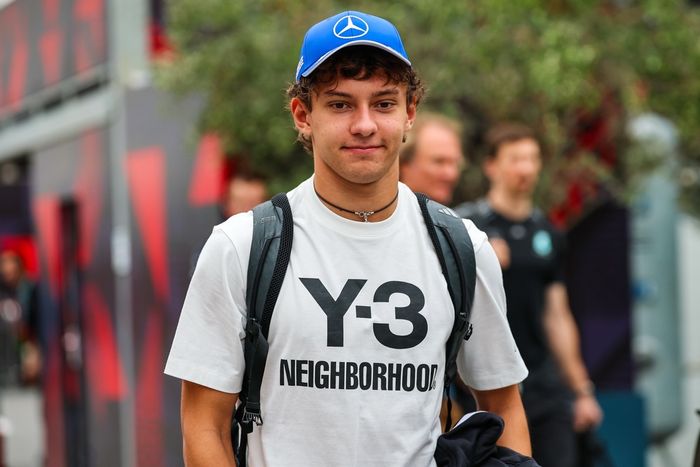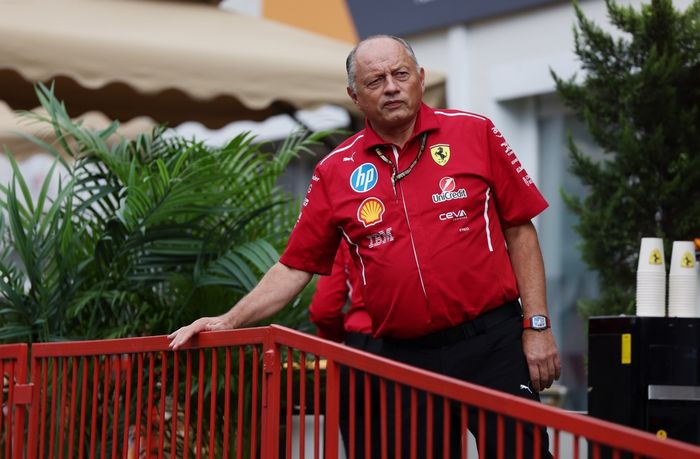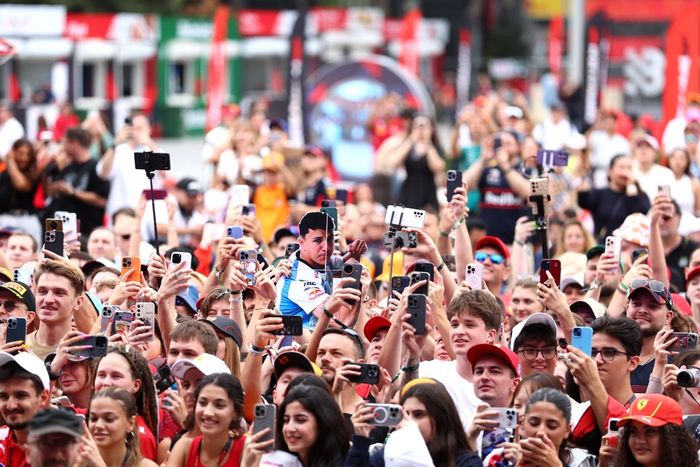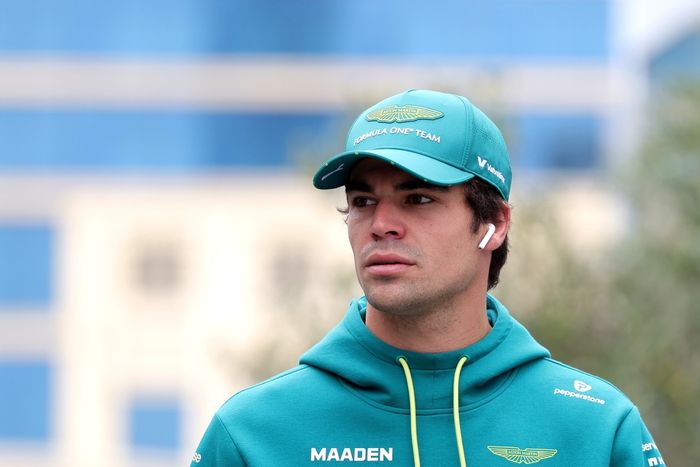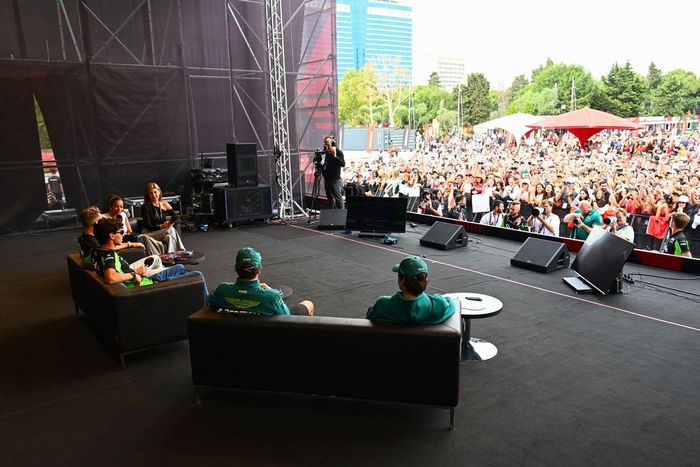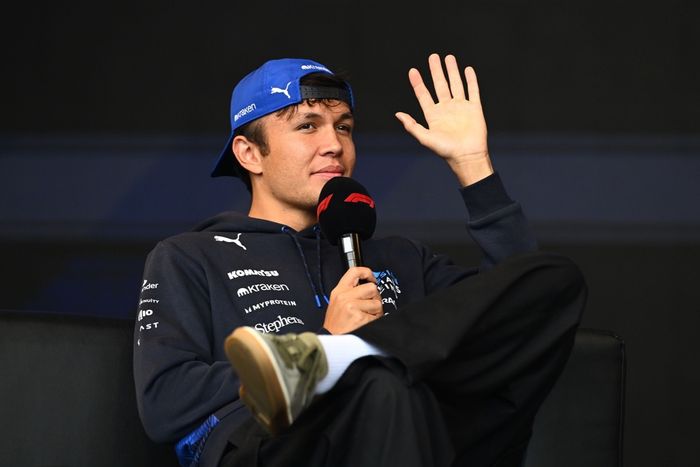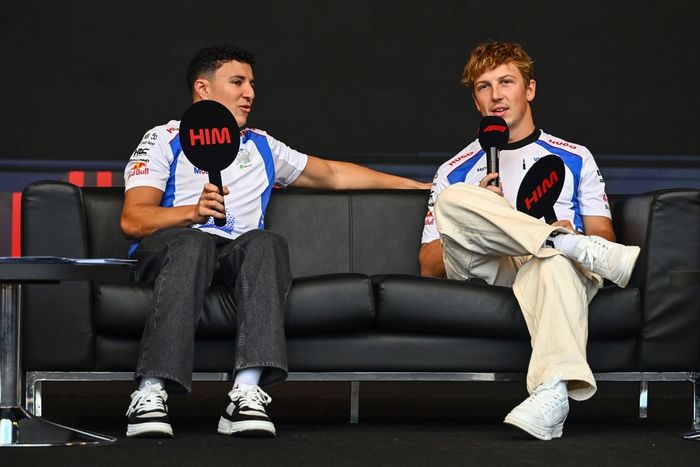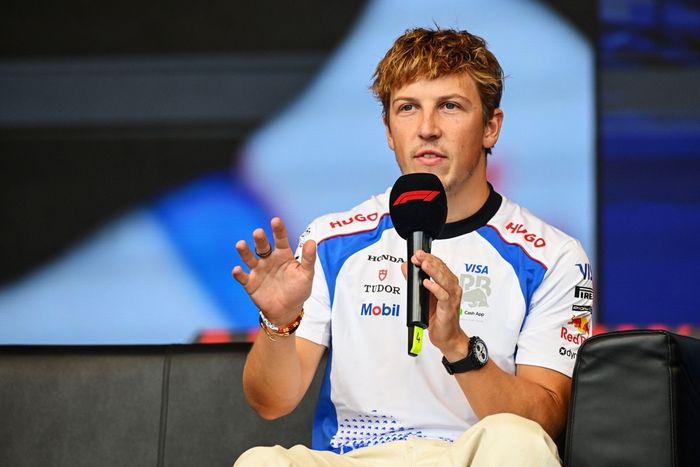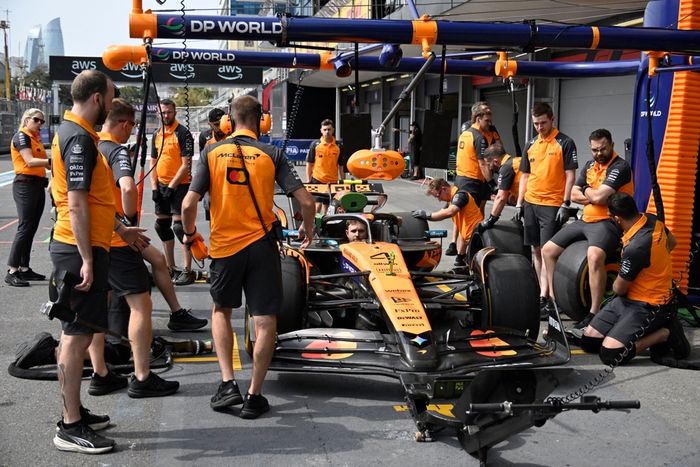Azerbaijan might have been on the Formula 1 calendar for almost a decade, but this weekend is likely to throw up many unknowns.
One of those is caused by Pirelli’s decision to bring tyre compounds a step softer than last year, as it has already done for several races this season in an effort to steer teams away from defaulting to a one-stop strategy.
One of the compounds it is bringing to Baku is the C6, Pirelli’s softest F1 tyre of all, which generated mixed opinions on its debut at Imola, and again in Monaco and Montreal. The overall feeling with the C6 has been that it offers little in terms of laptime uplift from the C5, which used to be the softest in the range, but behaves very differently.
Drivers reported difficulties accessing its performance peak, or found that the peak passed too quickly and dropped off sharply before the end of their push laps. Several teams reported that the outer surface began to move around too much as its temperature spiked, giving drivers peculiar and confidence-sapping feedback.
The Baku City Circuit has a unique configuration that is likely to cause problems in terms of keeping tyres in the correct operating ‘window’. At 6km, it is longer than many tracks, and has a split character in which the majority of the 20 corners come in short order over the first 3.8km, followed by a 2.2km straight.

Oliver Bearman, Haas VF-24, battles with Lewis Hamilton, Mercedes F1 W15
Photo by: Zak Mauger / Motorsport Images
It is understood that the tyres lose around 40C by the end of the straight since they are under less duress at speed than they are in the corner-intensive first two sectors. Given the typical operating temperature window is between 95C and 110C, this means that as the cars approach Turn 1 their tyres will be at more or less the same temperature as when they came out of the heated ‘blankets’ in the pitlane.
For this reason there have been ongoing discussions among senior engineers about whether the C5 ‘medium’ tyre would be a better choice than the C6, of which considerably less is known because it has only been used three times this season.
This much was known before this weekend. But another factor has come to light ahead of the Azerbaijan GP: the weather forecast.
Friday’s ambient temperature is expected to settle at around 22C, nine less than the practice day in 2024. Rain is forecast for Saturday and Sunday.
This will make strategic decisions the teams face even more perilous, given the known issues with tyre-temperature loss going into Turn 1. That corner is the most demanding braking zone in the world championship calendar, with a higher order of g-loadings even than the first chicane in Monza.
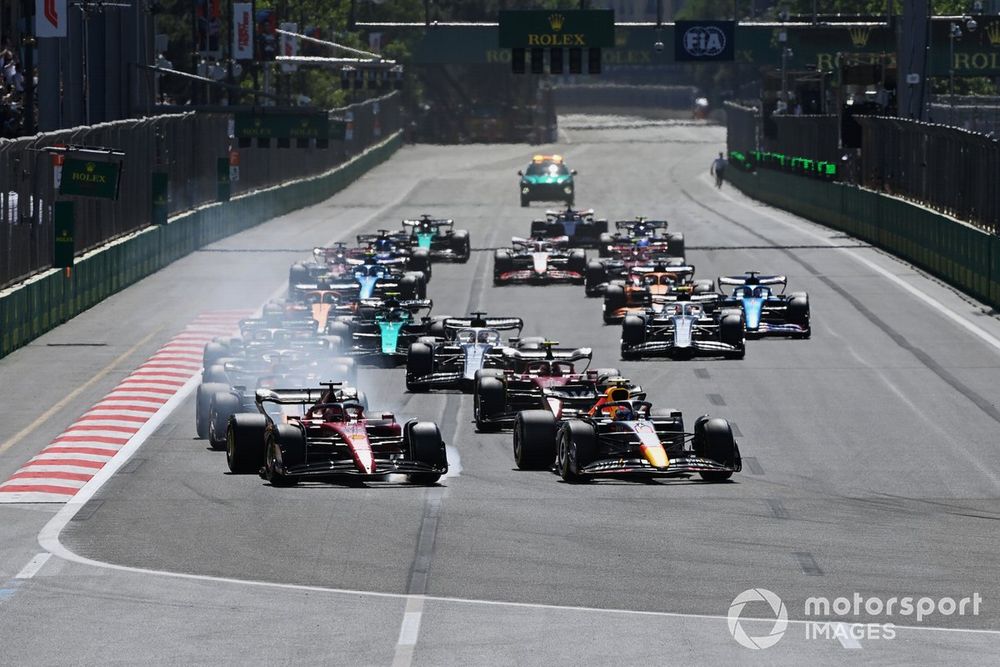
Charles Leclerc, Ferrari F1-75, Sergio Perez, Red Bull Racing RB18, battle for the lead ahead of Max Verstappen, Red Bull Racing RB18, Carlos Sainz, Ferrari F1-75, the rest of the field at the start
Photo by: Mark Sutton / Motorsport Images
High-speed lock-ups are an attendant risk every lap, and a single flat-spot could compromise an entire tyre set. Lower air and track temperatures add to the risks of this occurring.
Given the small difference in terms of lap time between the C5 and C6 – Pirelli estimates it as two tenths of a second – it is highly likely the teams will elect to stick with a compound they know for the more critical sessions.
The first signs of this will come during free practice: if teams use an extra set of softs compared with their usual run plan, it will be an indicator they are saving C5 mediums for Saturday afternoon’s qualifying. It’s possible some may look to save as many as three sets.
Running mediums in qualifying would not be an unprecedented strategy. During the Imola weekend, George Russell secured third on the grid using C5s rather than C6s, a tactic he repeated in Canada – where he claimed pole position.
While Mercedes is widely expected to follow this path again, others – chiefly Aston Martin are likely to follow. The picture will become clearer if, as anticipated, teams burn through more soft sets than usual – an unmistakable sign that the red-walled tyres will not be the only ones used in qualifying.

